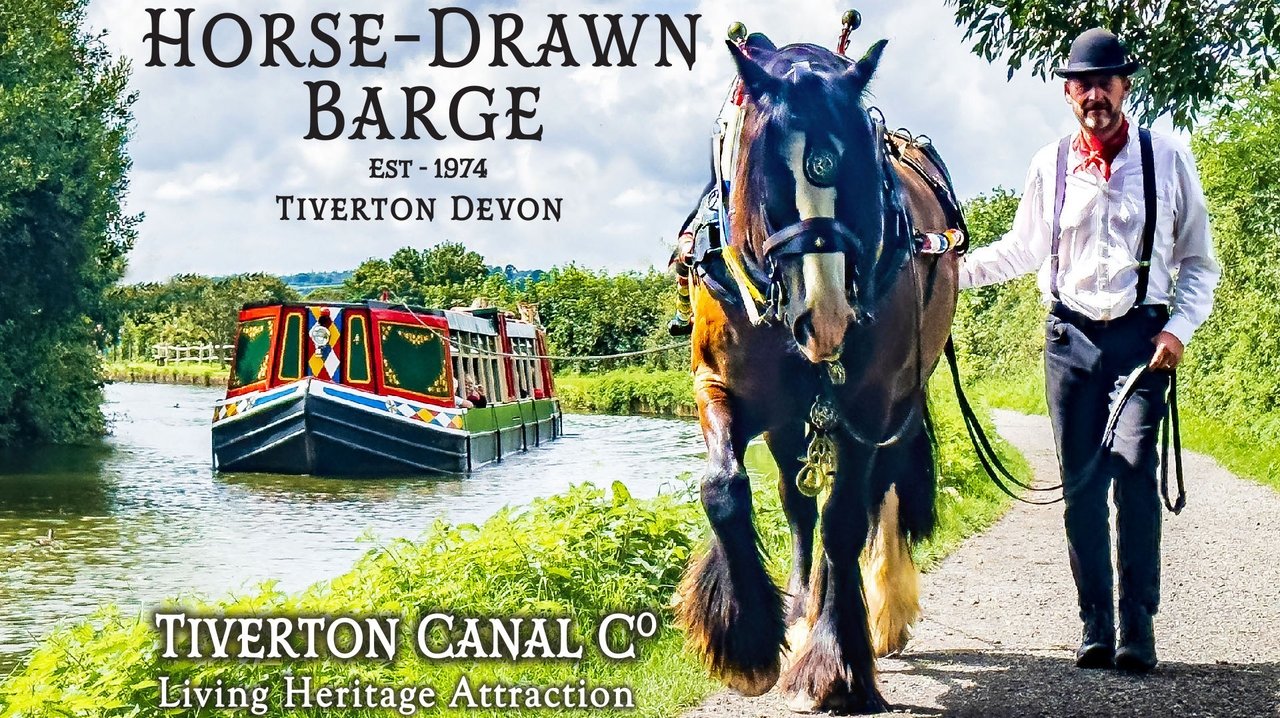
Tiverton Canal Co. 50th Anniversary(2024)
A short documentary comemmorating 50 years of the Tiverton Canal Co. operating on the Grand Western Canal in Tiverton, Devon.
Movie: Tiverton Canal Co. 50th Anniversary
Top 4 Billed Cast
Self
Self
Self
Self
Similar Movies
De caballos y guitarras(es)
A musical, and also a reflection on watching, on trying to escape an anthropocentric gaze and also on watching itself in cinema. Featuring mares and horses: Triana, Víctor K, Bambi Sailor, San Special Solano, Buck Red Skin, Onkaia, Cool Boy, the donkey Agostino, the mule Guapa. And also Alfredo Lagos, Raül Refree, María Marín, Pepe Habichuela, Virgina García del Pino, María García Ruiz, Pilar Monsell, María Pérez Sanz.
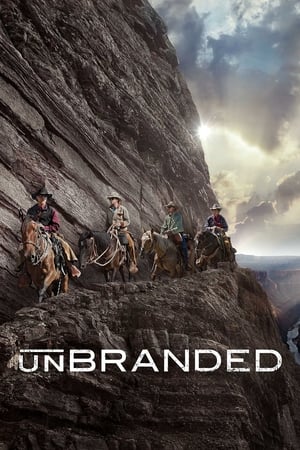 6.8
6.8Unbranded(en)
Documentary about four friends on a 3,000 mile journey across the American West on horseback.
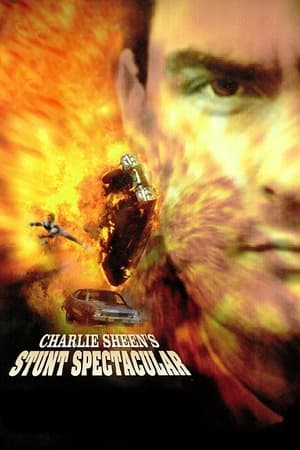 9.5
9.5Charlie Sheen's Stunts Spectacular(en)
The first behind the scenes look revealing the movie magic of the men and women of the stunt profession, Hollywood's unsung heroes. Charlie Sheen and Stuntman Hall of Famer BJ Davis host.
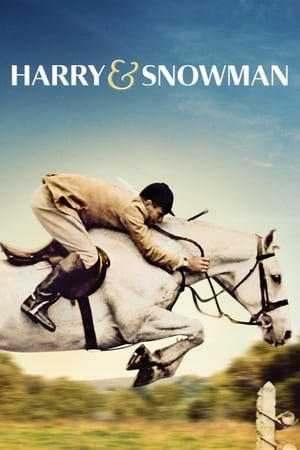 6.5
6.5Harry & Snowman(en)
Dutch immigrant, Harry deLeyer, journeyed to the United States after World War II and developed a transformative relationship with a broken down Amish plow horse he rescued off a slaughter truck bound for the glue factory. Harry paid eighty dollars for the horse and named him Snowman. In less than two years, Harry & Snowman went on to win the triple crown of show jumping, beating the nations blue bloods and they became famous and traveled around the world together. Their chance meeting at a Pennsylvania horse auction saved them both and crafted a friendship that lasted a lifetime. Eighty-six year old Harry tells their Cinderella love story firsthand, as he continues to train on today's show jumping circuit.
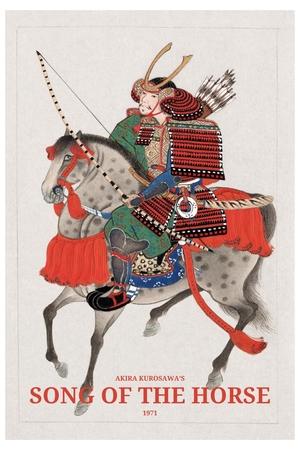 5.9
5.9Song of the Horse(ja)
An old man talks about a horse and human relations to his grandchild through the growth of the Derby horse. Akira Kurosawa's visual poem for the horse, the creature which he loved.
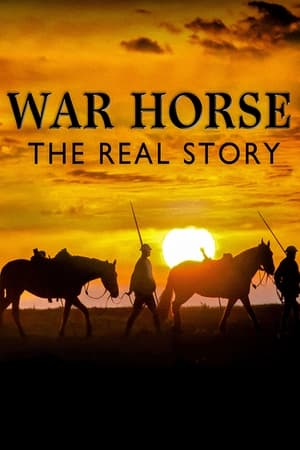 7.4
7.4War Horse: The Real Story(en)
The truth about the million British horses that served in World War I is even more epic than Steven Spielberg’s War Horse feature film. This documentary tells their extraordinary, moving story, begining with the mass call-up of horses from every farm and country estate in the land. Racing commentator Brough Scott tells the tale of his aristocratic grandfather General Jack Seely and his beloved horse Warrior, who would become the most famous horse of the war. The British Army hoped its illustrious cavalry regiments would win a swift victory, but it would be years before they enjoyed their moment of glory. Instead, in a new era of mechanised trench warfare, the heavy horses transporting guns, ammunition and food to the front-line troops were most important. A quarter of a million of these horses died from shrapnel wounds and disease. But the deep bond that developed between man and horse helped both survive the hell of the Somme and Passchendaele.
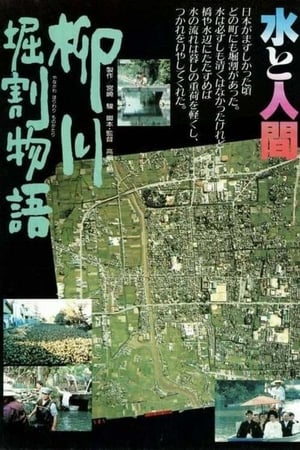 7.8
7.8The Story of Yanagawa's Canals(ja)
A partially-animated documentary about the preservation and restoration of the canal system in Yanagawa, Fukuoka
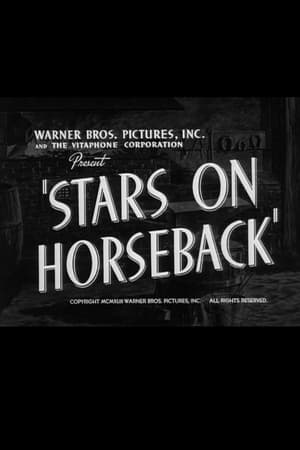 0.0
0.0Stars on Horseback(en)
A profile of blacksmith George Garfield, among whose Hollywood clients were the horses of Joel McCrea and Guinn "Big Boy" Williams.
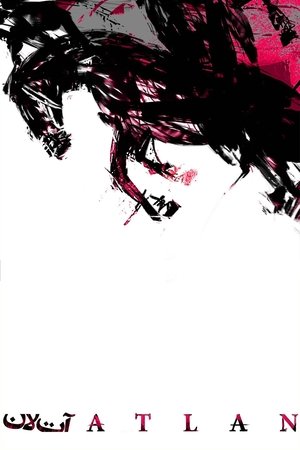 7.0
7.0Atlan(fa)
In Turkmen language, Atlan means "mount a horse and depart". Horse is the most important element in the life of Iranian Turkmen. That's why courses are some of the most significant social events in their land, Turkmen Sahara. Turkmen Sahara is a region in north eastern Iran and is homeland to Iranian Turkmen. Ali is a Turkman with his life, like many of his peers', intertwined with courses. Now his wedding depends on his success in courses. This documentary film is about Iranian horses.
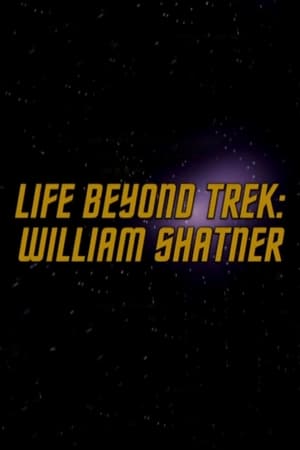 7.0
7.0Life Beyond Trek: William Shatner(en)
This Documentary Short let us take a look at the life of William Shatner after his life with Star Trek and acting the part of James T. Kirk.
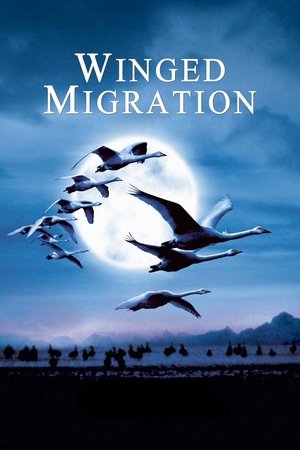 7.6
7.6Winged Migration(fr)
This documentary follows various migratory bird species on their long journeys from their summer homes to the equator and back, covering thousands of miles and navigating by the stars. These arduous treks are crucial for survival, seeking hospitable climates and food sources. Birds face numerous challenges, including crossing oceans and evading predators, illness, and injury. Although migrations are undertaken as a community, birds disperse into family units once they reach their destinations, and every continent is affected by these migrations, hosting migratory bird species at least part of the year.
How the Cowboy Makes His Lariat(en)
Wild West performer Pedro Leon is the highlight of this three-minute film that shows how cowboys make rope and various other items. Within the three-minutes we learn that horsehair is the best thing to use so we see a couple men, including Leon, put the hair together and from here we see how they get it prepared to use for rope and other items.
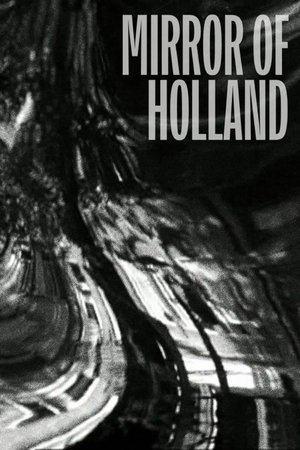 6.1
6.1Mirror of Holland(nl)
In this short film Bert Haanstra gives his vision - from the water – of a tranquil Holland. During filming he held the camera upside down and afterwards put the images ‘up right’ again in the film. By doing this, we see the ‘usual’ waterfront, but transformed by the rippling of the water. In this way Mirror of Holland became a modern looking experimental film. However this did not devalue the Dutch sentiment regarding waterfronts that are so trusted to so many.
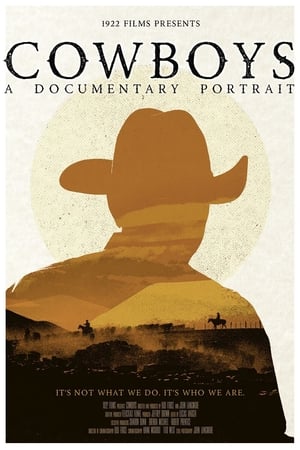 6.0
6.0Cowboys: A Documentary Portrait(en)
Told in the cinematic tradition of classic westerns, “COWBOYS - A Documentary Portrait” is a feature-length film that gives viewers the opportunity to ride alongside modern working cowboys on some of America's largest and most remote cattle ranches. The movie documents the lives of the men and women working on these "big outfit" ranches - some of which are over one million acres - and still require full crews of horseback mounted workers to tend large herds of cattle. Narrated through first-hand accounts from the cowboys themselves, the story is steeped in authenticity and explores the rewards and hardships of a celebrated but misunderstood way of life, including the challenges that lie ahead for the cowboys critical to providing the world's supply of beef. “COWBOYS” was filmed on eight of the nation’s largest cattle ranches across ten states in the American West.
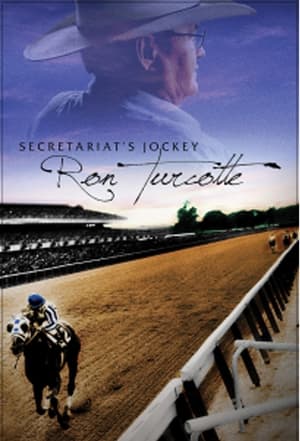 0.0
0.0Secretariat's Jockey, Ron Turcotte(en)
Produced by the National Film Board of Canada, this heartfelt documentary follows Hall of Fame jockey Ron Turcotte as he returns to the people and places that mark his life, providing a rare behind-the-scenes glimpse of this resilient and legendary jockey. Few jockeys have won America's Triple Crown of Thoroughbred Racing. Only three have won in the last 65 years. Ron Turcotte is one of them. In 1973, this legendary rider from New Brunswick, Canada piloted Secretariat, the greatest racehorse of all time, to victory and acclaim in the sport's three most prestigious races. But a fall in 1978 left Turcotte a paraplegic and put an end to an illustrious 16-year career.
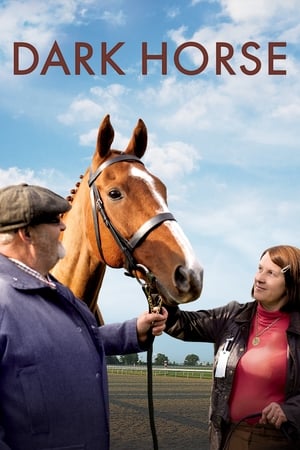 5.4
5.4Dark Horse(en)
The larger than life true story of how a barmaid in a poor Welsh mining village convinces some of her fellow residents to pool their resources to compete in the "sport of kings" with a racehorse they would breed and raise.
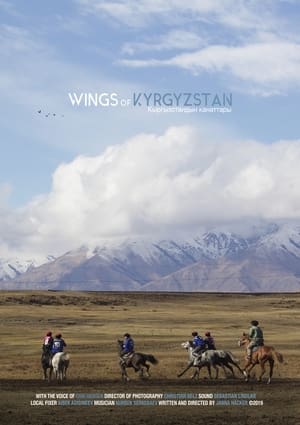 0.0
0.0Wings of Kyrgyzstan(en)
As „wings of men“ they became the faithful companion of a great nomadic nation thousands of years ago. Today, 28 years after the Soviet occupation, the little horse is an essential part of the cultural heritage and the search for identity of the modern Kyrgyz people. Based on its own story, a so called „good brown horse“ leads through the film and offers an insight of what it could mean to be „todays wings of men“. Told by a horse’s voice and through its eyes, this short film still is a documentary, but also a poetic journey to a nomadic culture.
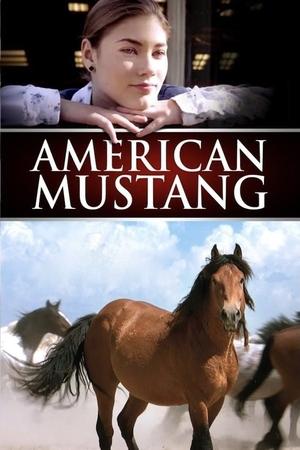 5.5
5.5American Mustang(en)
Fueled by stunning footage, this stirring documentary considers wild horses' role in the American psyche and their dwindling numbers in today's West. In an artful blend of exquisite nature documentary and character-driven narrative, the majestic wild horses of the American West are revealed in stereoscopic 3D as never before. The wonder in a girl’s eye pulls us into the drama that unfolds on hundreds of millions of acres of public land. The battle lines have long been carved into the landscape, and the players are deeply entrenched. Yet as the subtle choreography that has evolved over thousands of years begins, we are captivated. The intricate dance between a man and a wild horse presents lessons for us all, even the battle-hardened special interest groups fighting for the place of the AMERICAN MUSTANG.
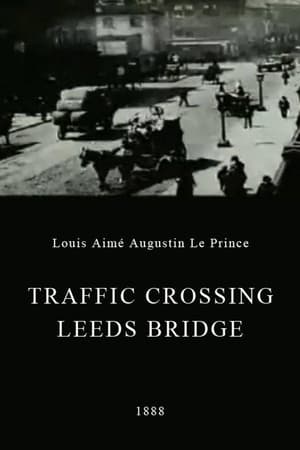 5.9
5.9Traffic Crossing Leeds Bridge(xx)
A film by Louis Aimé Augustin Le Prince, shot in late October 1888, showing pedestrians and carriages crossing Leeds Bridge.
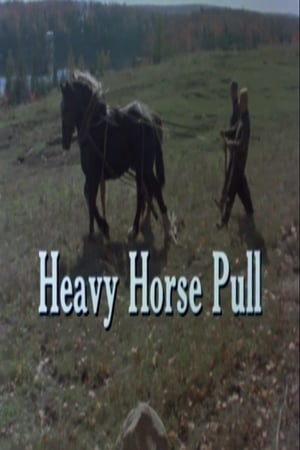 0.0
0.0Heavy Horse Pull(en)
This short documentary offers a humorous look at horse-pulling contests in Ontario and the people who prepare for them. We travel from the farm to the contest, where excitement runs high and the quips do not lack in local colour. Which of these magnificent creatures will be able to pull the heaviest load and win the prize?






